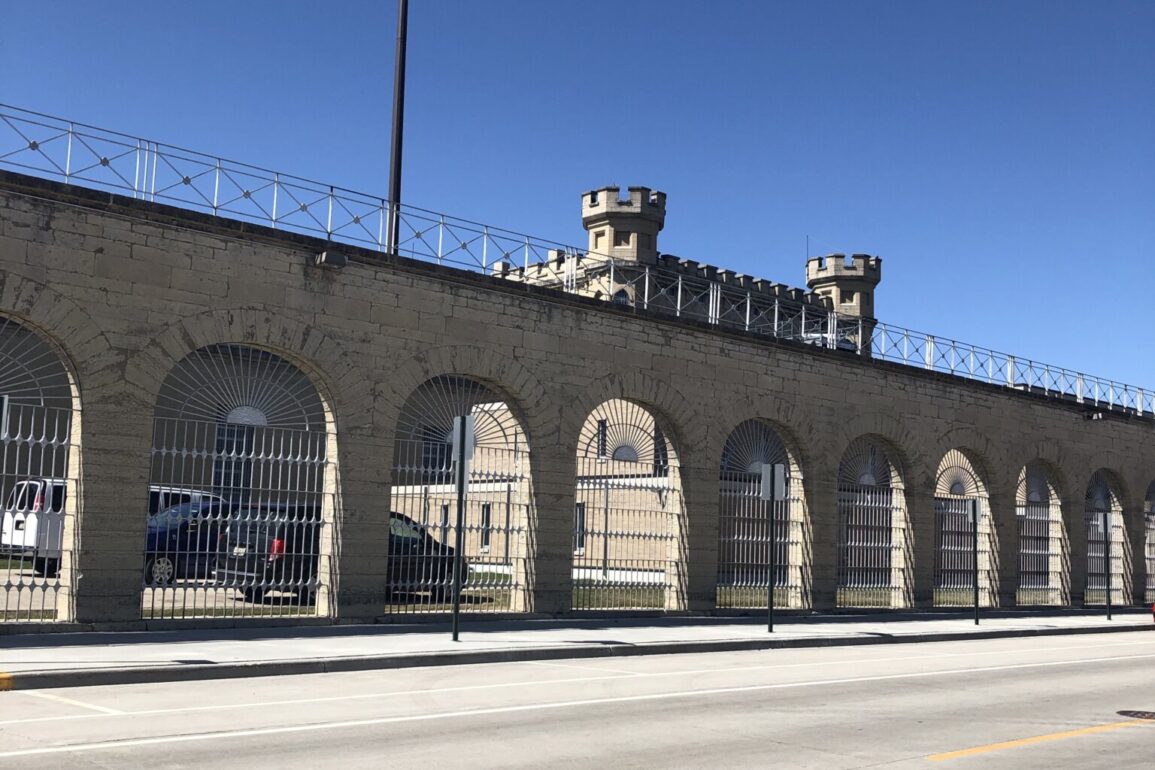
Friday the 13th of September is the gloomy anniversary of the signing of the federal 1994 Crime Bill. It is also a chance to start to remedy a horrible mistake.
It seems rare that there is consensus among leaders of both of our political parties to make a significant change. Sometimes, those are great steps forward. Sometimes it is just a big bipartisan mistake. Such was the case 30 years ago when the US Congress and President Bill Clinton passed and signed the 1994 Crime Bill.
In 1994, our leaders saw a real problem – the toll being taken by drug addiction. But they came up with the wrong solution. That mistake cost billions of dollars; it devastated entire communities; it broke up families; it ruined thousands of lives.
The 1994 Crime Bill had very little impact on crime. In the U.S., as in Wisconsin, there is almost no relationship between crime levels and prison population levels. The Crime Bill did, however, devastate many communities, especially low-income communities and communities of color. The Crime Bill introduced extremely harsh penalties for even low-level drug crimes. Famously, it was far harder on crimes involving crack than for crimes involving powder cocaine, which resulted in more and longer incarceration for central city residents. The population of U.S. federal prisons in 1994 was less than 50,000. Today, it is more than 158,000.
The 1994 Crime Bill had a huge impact on Wisconsin and other states. The Crime Bill helped pay for new prisons. It rewarded police departments for increasing their arrest rates as well as tougher sentencing laws, like Wisconsin’s so-called ‘Truth in Sentencing.” Aided and encouraged by the Crime Bill, Wisconsin’s prison population went from less than 10,000 in 1994 to more than 22,000 today.
In Wisconsin in 2024, there is a new bipartisan consensus: We need to close at least two of Wisconsin’s prisons. The Green Bay Correctional Institution (GBCI) and the Waupun Correctional Institution (WCI) were built in the 1800’s. Both have received a lot of well-deserved negative publicity recently, as people have died and as the horrid conditions in those prisons have become better known. Even with dramatic pay increases, the Department of Corrections has not been able to keep enough staff to fully run programs at GBCI and WCI. The facilities are dangerous and outdated. Even spending about $50 million for each facility every year, it is impossible to make them suitable for humans to live in, or even to want to work in.
We all, Republicans, Democrats and Independents, believe GBCI and WCI need to be closed. The question is: How? There are those who want to spend $500 million of taxpayer money to build a new prison. We believe there is a better way.
Wisconsin can close the Waupun and Green Bay prisons by taking common sense steps to safely reduce the prison population. Consider this: the combined populations of GBCI and WCI is about 2,000 people, less than 10% of the prison population. In Wisconsin’s 38 prisons, there are about 5,000 people incarcerated for “crimeless revocations.” These are people who served a sentence and have been sent back for a technical violation of their terms of supervision – not because of another crime. By reducing such revocations, as states like Texas have done, we could easily have 2,000 fewer people in prison in less than a year.
Thousands of people in Wisconsin prisons are, as part of their sentence, eligible to participate in “Earned Release” programs. But, we have not funded the Earned Release program sufficiently, so that many of them wait for years to get into the program so they can go home. We have hundreds of senior citizens languishing in Wisconsin prisons, some of them in assisted living wings of prisons.
To build a new prison would cost Wisconsin about $500 million, and would take at least 4-5 years. In the meantime, we would o force incarcerated people and staff to continue suffering in WCI and GBCI. Common sense policies could safely reduce the population such that we could create enough space to move everybody out of the Green Bay and Waupun prisons within a year.
In 1994, we spent billions to build the incarceration infrastructure. In 2024 we can turn that around, and we can reinvest the savings in education, mental health and addiction treatment and other programs that will heal and revitalize the communities the Crime Bill helped to devastate.
After 30 years, we have a new chance to get it right. We can get it right in Wisconsin by closing our worst prisons without building new ones. And, in 2025 our new President needs to work with the new Congress to repeal the 1994 Crime Bill, and replace it with a 2025 Justice Reinvestment Bill.
Angela Lang Robert Kraig David Liners
Black Leaders Organizing Communities (BLOC) Citizen Action of Wisconsin WISDOM
This post was originally published on this site be sure to check out more of their content.









